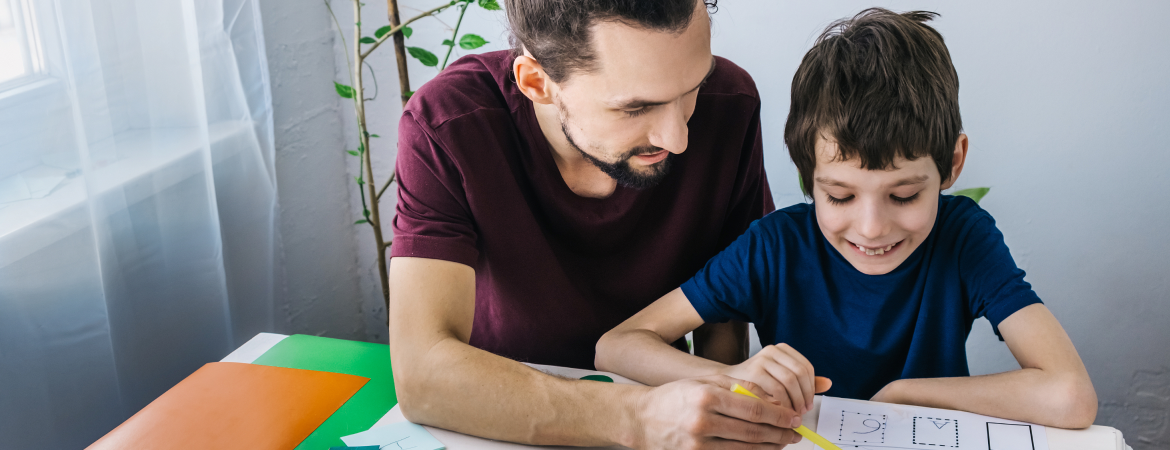
Managing ADHD through art and nature
Nurturing a child with ADHD (Attention Deficit Hyperactivity Disorder) calls for a unique blend of tenderness and creativity. Embracing the therapeutic powers of art and nature could unveil a productive and healthy journey towards enhancing your child's holistic well-being.
ADHD often casts a shadow of intense emotions, behavioural hurdles and fragile self-esteem upon these young souls. These challenges can hinder their ability to navigate life's emotional seas with ease.
In the short term, such difficulties can make it tough for them to craft their self-worth. In the long run, the echoes of these struggles may ripple through their well-being and affect their motivation and ambitions.
It's important to note that ADHD is a neurodevelopmental disorder that often calls for a multi-layered treatment approach, so it’s not a guarantee that one specific activity will be the final solution.
The good news is that research in environmental psychology has shown that contact with nature and exposure to art therapy helps children by improving their mood, social relationships and cognitive functioning.
The benefits of art therapy
Children with ADHD usually struggle with attention. Being in a natural environment can help restore attention and invoke a sense of calmness and peace. Engaging in arty activities and spending time in nature can help reduce stress and anxiety, which are commonly experienced by children with ADHD. These activities tend to provide a calming and soothing effect, promoting relaxation and emotional well-being.
These regular practices can improve a child's ability to sustain attention and focus.
- Art activities, such as drawing, painting or sculpting, require concentration and attention to detail while exploring nature is a nice way to engage a child's senses and focus their attention on the environment.
- Art encourages creative thinking and problem-solving. These are skills that can be particularly valuable for children with ADHD. It allows them to express themselves in non-verbal ways, fostering self-esteem and a sense of accomplishment.
- Spending time in nature often involves physical activities like hiking, biking or simply playing outdoors. Regular exercise helps children with ADHD manage their excess energy, improve impulse control and boost overall physical health.
- Art and nature activities can promote mindfulness, teaching children to be present in the moment. This can be especially helpful for children with ADHD, as it improves emotional regulation and reduces impulsivity.
Tip: sensory integration
Nature provides a rich sensory environment with diverse textures, sounds and sights. This sensory input is helpful in assisting ADHD kids to regulate sensory processing and develop a better sense of awareness.
Implementing these approaches:
- Create a schedule that includes regular art sessions and outdoor activities in nature to make these activities a consistent part of your child's routine.
- Offer a range of art materials to encourage creativity. Let your child choose the medium that appeals to them the most.
- Visit parks, beaches or gardens to expose your child to a variety of natural environments. Encourage exploration and curiosity.
- Join your child in these activities to bond and model appropriate behaviours. Be patient and supportive, as well as kind with your child and yourself.
- While art and nature can be helpful complementary strategies, it's important to consult with healthcare professionals and consider other interventions like behavioural therapy, medication or educational support.
Good to know
Incorporating art and nature into your child's daily routine can provide structure and predictability, which is comforting for children with ADHD. When it comes to most treatments, consistency is vital.
Remember that every child with ADHD is unique and what works best may vary from one child to another. Tailor your approach to your child's interests and needs and always involve healthcare professionals in the treatment plan.
Disclaimer
This article is for informational purposes only. Always check with your doctor or medical practitioner about any health concerns, before embarking on any fitness or nutrition programme, or using any medication.
